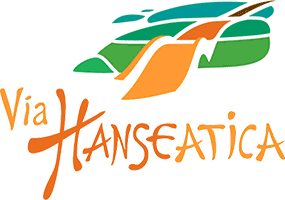Fish
Fishermen went to catch sprat, herring, fluke and cod in the See. To keep the fish fresh and delicious for longer, they were smoked, salted or dried. Livonians ate various freshwater fish – pike, perch, bream, bass and others. People in the upper classes also ate catfish, sturgeon, salmon, crayfish and salted caviar. Herring from the Netherlands or Sweden held great importance on the menus of ordinary people.
SMOKED FISH
Smoking in hot or cold smoke is a local tradition that has been developed over centuries. Any fish can be smoked, but Baltic herring, cod, salmon, vendace, bream and plaice are the most popular smoked fish. The plaice is gutted, strung on the sticks and hung in smoke house. The fish are smoked until the desired thermal processing is achieved. Taste nuances are obtained using smoke of various types of tree, often smoked with green alder wood or pine cones. The fish is eaten alone, with bread, or used for cooking different dishes.
HERRINGS AND SPRATS
Baltic sprats and also vendance from lake Peipsi are a salty and spicy speciality. Salting is an ancient traditional method or preserving fish for longer periods of time. Whole, fresh sprats are salted in a spice mix containing allspice, black pepper, bay leaf and salt. A bit of wine can be added, too. The ready sprats can be eaten on a sandwich, together with boiled egg and boiled potatoes, cottage cheese and sour cream.
LAMPREYS
Lampreys are an ancient lineage of jawless fish; they are caught in the rivers of Latvia and Estonia using special weirs. They are cooked on the grill on hot coals. Prepared lampreys are placed in small tubes and pressed, with marinade poured onto them. Delicious jelly is formed from it. Lampreys have a very soft, specific taste. They are served with fresh bread and butter, complementing the flavour bouquet with lemon slices and greens.










